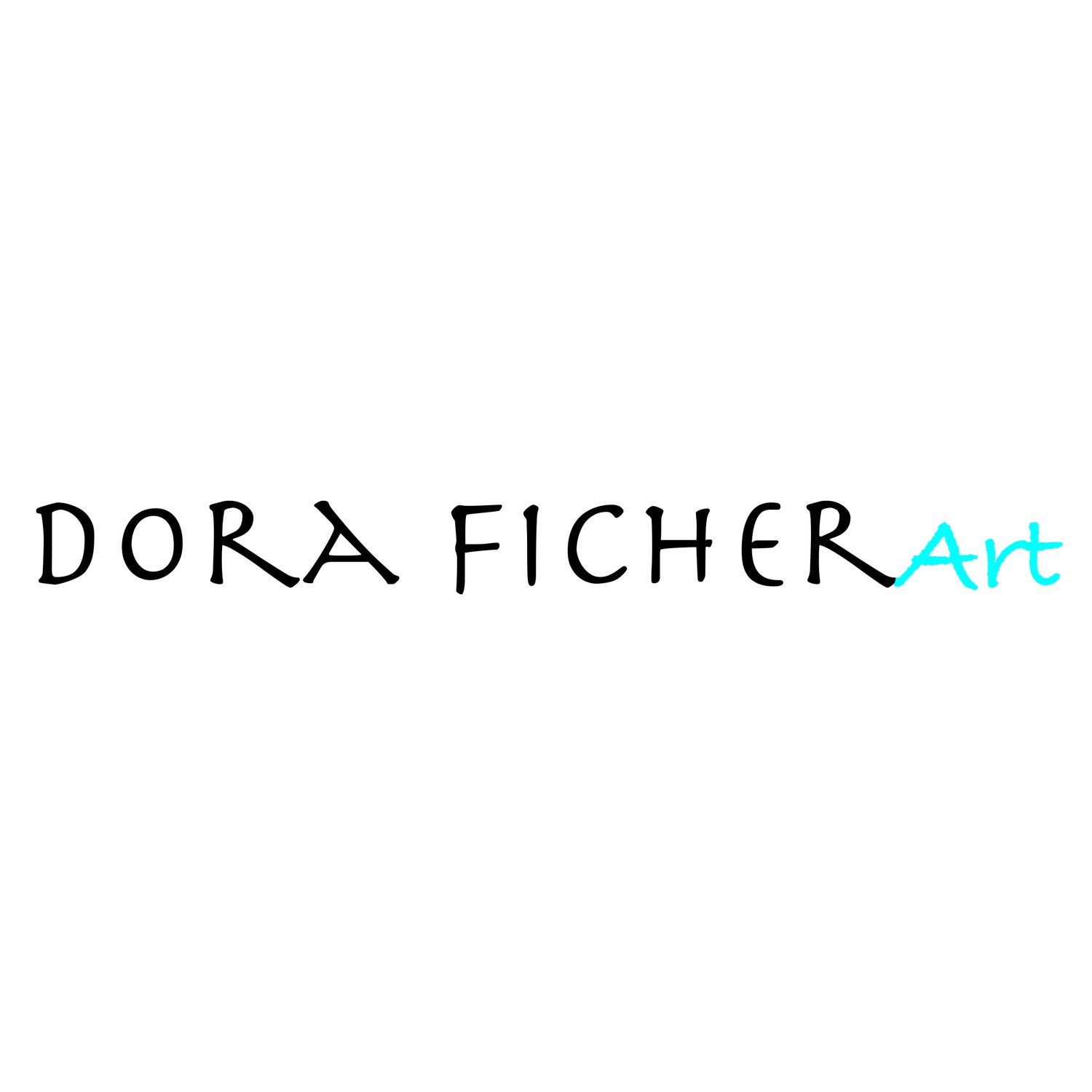Faith Ringgold
This week, art students in my Having Fun with Art Class learned about the American Artist, Faith Ringgold. We loved experimenting with her techniques and style to create our own art!
Faith Ringgold was born in New York City on October 8th, 1930. She was the youngest of three children. [3]:24 Her parents were descendants of working-class families displaced by the Great Migration. Ringgold's mother was a fashion designer and her father, as well as working a range of jobs, was an avid storyteller. [4] They raised her in an environment that encouraged her creativity.
After the Harlem Renaissance, Ringgold's childhood home in Harlem became surrounded by a thriving arts scene – where figures such as Duke Ellington and Langston Hughes lived just around the corner. [3]: 27 Because of her chronic asthma, Ringgold explored visual art as a major pastime, often experimenting with crayons as a young girl. [3]: 24 She also learned how to sew and work creatively with fabric from her mother. [5] Ringgold maintains that despite her upbringing in Great Depression-era Harlem, 'this did not mean [she] was poor and oppressed' – she was 'protected from oppression and surrounded by a loving family.'[3]: 24 With all of these influences combined, Ringgold's future artwork was greatly affected by the people, poetry, and music she experienced in her childhood, as well as the racism, sexism, and segregation she dealt with in her everyday life.[ 3]:9
In 1950, due to pressure from her family, Ringgold enrolled at the City College of New York to major in art but was forced to major in art education instead, as City College only allowed women to be enrolled in certain majors. [6][7]: 134 The same year, she also married a jazz pianist named Robert Earl Wallace and had two children, Michele and Barbara. Sadly, Ringgold and Wallace separated four years later due to his heroin addiction. [8]: 54 In the meantime, she studied with artists Robert Gwathmey and Yasuo Kuniyoshi. She was also introduced to printmaker Robert Blackburn, with whom she would collaborate on a series of prints 30 years later. [3]: 29
In 1955, Ringgold received her bachelor's degree from City College and soon afterward taught in the New York City public school system. [9] In 1959, she received her master's degree from City College and left with her mother and daughters on her first trip to Europe. [9] While traveling abroad in Paris, Florence, and Rome, Ringgold visited many museums, including the Louvre. This museum in particular inspired her future series of quilt paintings known as the French Collection. This trip was abruptly cut short, however, due to the untimely death of her brother in 1961. Faith Ringgold, her mother, and her daughters all returned to the US for his funeral.[8]: 141 She married Burdette Ringgold on May 19, 1962.[9]
In 1959 after earning her Master's degree in Fine Art, Ringgold went to Europe to study the work of the masters, particularly the work of the Impressionists and Cubists. She was struck by the absence of people of color except as models or subjects, and years later in The French Collection began looking at the tradition of European art from the viewpoint of an African American artist.
In the silkscreen above, Ringgold represents the tradition of African-American quilt making as a collective effort, passed down through the generations of women in her family, and juxtaposes it with the tradition of the solitary male European painter, represented here by Van Gogh. The quilt they are making with its sunflowers is in harmony with the natural world that surrounds them. A group of noted African American women from history, seated in a field of sunflowers, is depicted creating a quilt of sunflowers. The setting in the background is Arles, best known for the time that Vincent Van Gogh spent there and the paintings he produced. The women depicted are Madam Walker, Sojourner Truth, Ida Wells, Fannie Lou Hammer, Harriet Tubman, Rosa Parks, Mary McLeod Bethune, and Ella Baker. To the right of the women stands Vincent van Gogh, holding a vase of sunflowers, reminiscent of the seven still lives with sunflowers he painted while at Arles. Here, he offers his sunflowers as a sign of respect and appreciation to these legendary women.
Faith Ringgold’s vibrant paintings, silkscreens, and quilts trace how 20th-century social changes have influenced African American experience. She incorporates text, portraiture, elements of African American story quilts, and references to Nigerian and Ghanaian decorative masks in her wide-ranging practice; Ringgold has also produced sculptures, performances, and children’s books. Throughout her oeuvre, she has told rich stories about history, violence, power, and Black identity. Ringgold has exhibited in New York, Paris, London, Los Angeles, and Chicago, among many other cities. Her work belongs in the collections of institutions including the Brooklyn Museum, the Metropolitan Museum of Art, the High Museum of Art, the Studio Museum in Harlem, and the National Gallery of Art in Washington, D.C.
There is so much to learn and discover about Faith Ringgoold and it’s impossible to cover it in a blog post - even one as long as this one! If you’d like to dive more deeply into the life and art of this incredible artist, check out these links:
Faith Ringgold website: https://www.faithringgold.com/
Wikipedia: https://en.wikipedia.org/wiki/Faith_Ringgold
Faith Ringgold: In Conversation | Tate Talks: https://youtu.be/g5tbIjNwyrg






